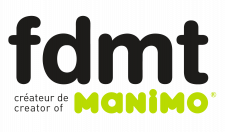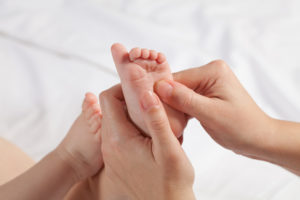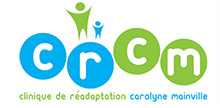Everyone has in their mind an image of their body, with all its parts. If we close our eyes, we can imagine how our body is positioned in a space. This ability, or body awareness, is acquired over time. A child must learn to use his body, then point to and name his body parts. A child must also be able to see himself in his head, then on paper. For various reasons, a child may have problems at this level, which may cause difficulties in movement planning and execution. A child may also seem awkward and even have trouble naming his body parts. It will also be difficult to draw the body, regardless of artistic abilities.
For developing body awareness, the child goes through different stages. At 18 months, the child may point to about 3 to 4 parts: mouth, eyes, nose and feet. Over time, he can point to more (ex. at 4 years, he can point his heels, his jaw). At 2 years, the child can finally name a few parts! At three years, the child will be drawing a “tadpole man”, a large head with arms and legs. Over time, he’ll add a nose, eyebrows, trunk, hands, etc. The fingers will come later, just like the clothes. Your child’s drawing of a man is rich – he sees it like it is. Ask your child the reason for drawing big hands or showing teeth. You’ll be surprised by the answers!
Here are some suggestions for activities to improve body awareness in children:
Touch and names the different parts of
the body.
Cover the eyes and guess! Name the body
part you touch. Vary the types of stimuli:
use feathers, a vibrating item or other
safe textured materials.
Play the statue with your child; he can
move freely around then on your signal,
stop, and follow your instructions (ex. right
hand on left knee etc.)
Write the names body parts on pieces of
paper, then draw a man on a sheet. The
child can color each part as he gets it
right.
You can also do a draw with body part
labels. The child must touch himself or the
parent on a particular body part. Do the
same activity using stickers or digital
info@crcm.ca – www.crcm.ca



Leave A Comment